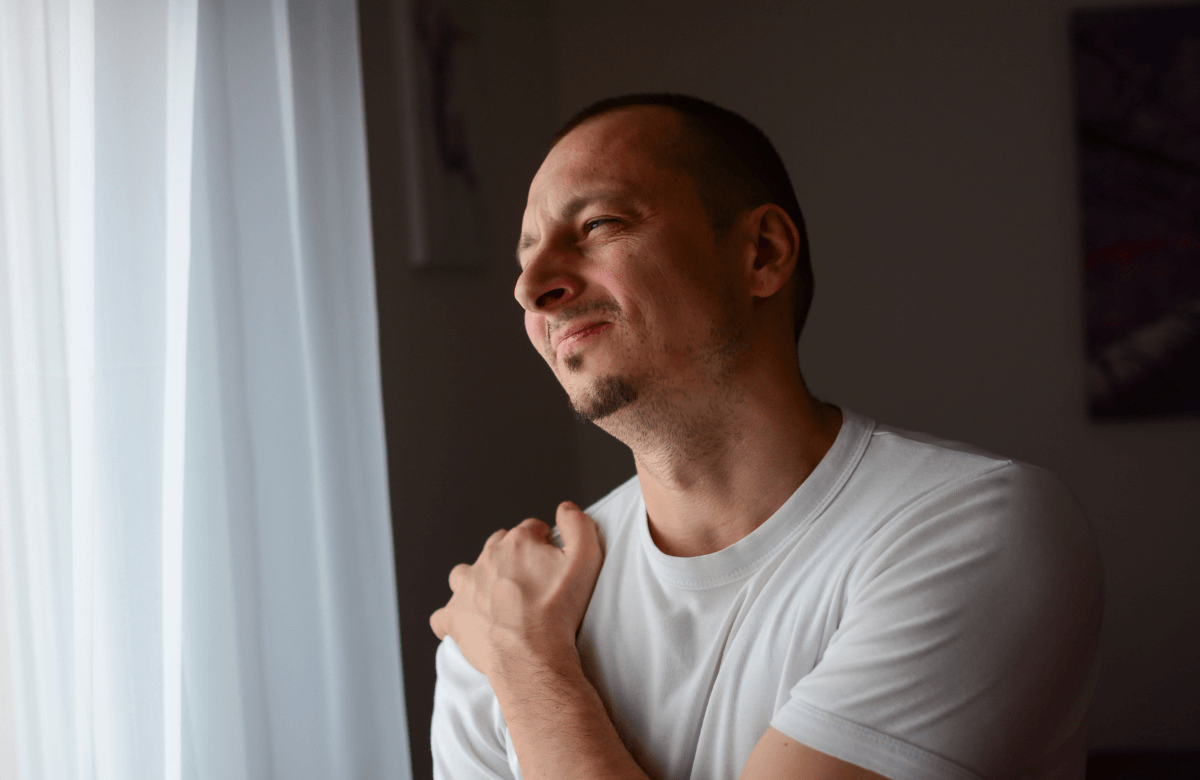Body pain of any kind can affect your overall health and well-being. One such debilitating pain is the shoulder pain.
Pain in the shoulders is usually caused by shoulder injuries. Among the common shoulder injuries are labrum tears and rotator cuff tears. These injuries are more common among athletes or people working a very physical job.
However, many people fail to differentiate between these, increasing the risk of leaving these tears untreated. Understanding these common injuries and potential treatments for labrum and rotator cuff tears will help you on your path to recovery.
What is a labrum tear?
The labrum is a ring of cartilage that surrounds the shoulder socket joint. It provides stability to the joint and acts as a cushion. Labrum tear refers to the injury in the labrum, mainly due to overstretching. It can lead to various degrees of tears, including the change in position of the shoulder joint in the socket, as in shoulder dislocation.
Other causes include repetitive motions, such as throwing an object overhead. It may also occur as a part of the aging process. The types of labrum tears include posterior labrum tear, bankart tear, and SLAP (Superior Labrum Anterior to Posterior) tear.
Symptoms
The common labrum tear symptoms include;
- Pain in the shoulder joint
- A popping sensation in the shoulder
- Decreased range of motion
- Weakness in the shoulder
- A feeling that the shoulder may dislocate
Diagnosis
Diagnosing a labrum tear typically involves a physical examination, a review of medical history, and imaging tests like MRIs or CT scans. The therapist may recommend performing arthroscopic surgery. These options help doctors determine the degree of the damage to suggest treatment accordingly.
Risks of a non-treated labrum tear
Leaving a labrum tear untreated can lead to chronic pain, shoulder instability, and further damage to the shoulder joint. It may also limit your ability to perform daily activities and sports.
If you have a torn labrum, it is crucial to seek the necessary treatment as soon as possible.
Treatment
Treatment options include non-surgical and surgical methods. Non-surgical options include physical therapy, hot or cold compress, and Non-Steroidal Anti-Inflammatory Drugs (NSAIDs). In case of a mild tear, the physical therapist may educate you on treating your torn labrum at home. They may design an exercise program for you to follow at home.
However, in some cases, shoulder surgery may be the best repair option. The type of treatment depends on the severity of your tear and may vary from patient to patient.

What is a rotator cuff tear?
A rotator cuff is a group of tendons and muscles that surround the shoulder joint, providing stability and allowing a wide range of motion. These tendons and muscles support arms for lifting and pulling objects.
A tear in the rotator cuff is an injury in the muscles and tendons, attaching your humerus (upper arm bone) to the shoulder blade.
A rotator cuff tear can result from an injury, wear and tear, or overuse. Sometimes, repetitive movements can also lead to tearing your tendons.
Symptoms
The common symptoms to identify rotator cuff injuries include;
- Shoulder pain, especially when lifting the arm
- Loss of strength in the affected shoulder
- Limited range of motion
- Cracking or snapping sounds during arm movements
Diagnosis
Diagnosis usually involves a physical examination and imaging tests, like MRIs or ultrasounds. These methods allow your healthcare provider to diagnose the tear and determine its severity better. Timely and accurate diagnosis leads to timely treatment and quick recovery.
Risks of a non-treated rotator cuff tear
Neglecting a rotator cuff tear may lead to ongoing pain, muscle atrophy, and reduced functionality of the shoulder joint. If left untreated for long, it may become almost impossible to move your arm. Moreover, chronic rotator cuff tears can be more challenging to treat.
If left untreated, a rotator cuff tear can make your shoulder prone to sustaining more damage. As a result, more tears may appear, increasing your discomfort and pain.
Treatment
The common treatment options include rest, physical therapy and anti-inflammatory medications. The physical therapist may develop a stretching and strengthening program to improve your range of motion.
Non-surgical methods may help you reduce the pain and improve arm functionality, but rotator cuffs don’t heal on their own. In severe cases, you may have to undergo arthroscopy to repair the torn rotator cuff tendons.
Labrum tear vs. rotator cuff tear: How to boost recovery?
The surgical treatment of labrum and rotator cuff tears takes anywhere around six weeks to six months to recover. Early diagnosis and appropriate care can significantly enhance recovery.
Whether you get surgical or non-surgical treatment for your injury, proper recovery is vital. You can take the following steps to boost your recovery;
- Wear a sling arm if recommended by the doctor.
- Take proper rest.
- Get physiotherapy to restore your flexibility (once the sling arm is removed).
- Follow a structured, personalized rehabilitation program.
- Modify your routine to avoid putting stress on the recovering arm.
- Do strengthening and stretching exercises to prevent symptomatic tears.
- Call your healthcare provider if you notice something abnormal during the recovery phase.
The best way to boost your recovery and regain your shoulder strength is to work with a therapist. Having expert guidance ensures a smooth and quick recovery.
Relieve your labrum tear or rotator cuff tear. Thanks to Dr Beauchamp!
Got a labrum tear or rotator cuff tear? Dr. Beauchamp can help. With a wealth of experience and a commitment to your well-being, Dr. Beauchamp can guide you on your path to recovery. Whether it’s a labrum tear or a rotator cuff tear, you can find relief and healing with the right therapist by your side.
Don’t let your shoulder pain limit your physical activity anymore. It can be a sign of a labral tear or a tear in the rotator cuff muscles. Contact us and book an appointment with Dr Beauchamp today! Regain full shoulder functioning and live a pain-free life.

